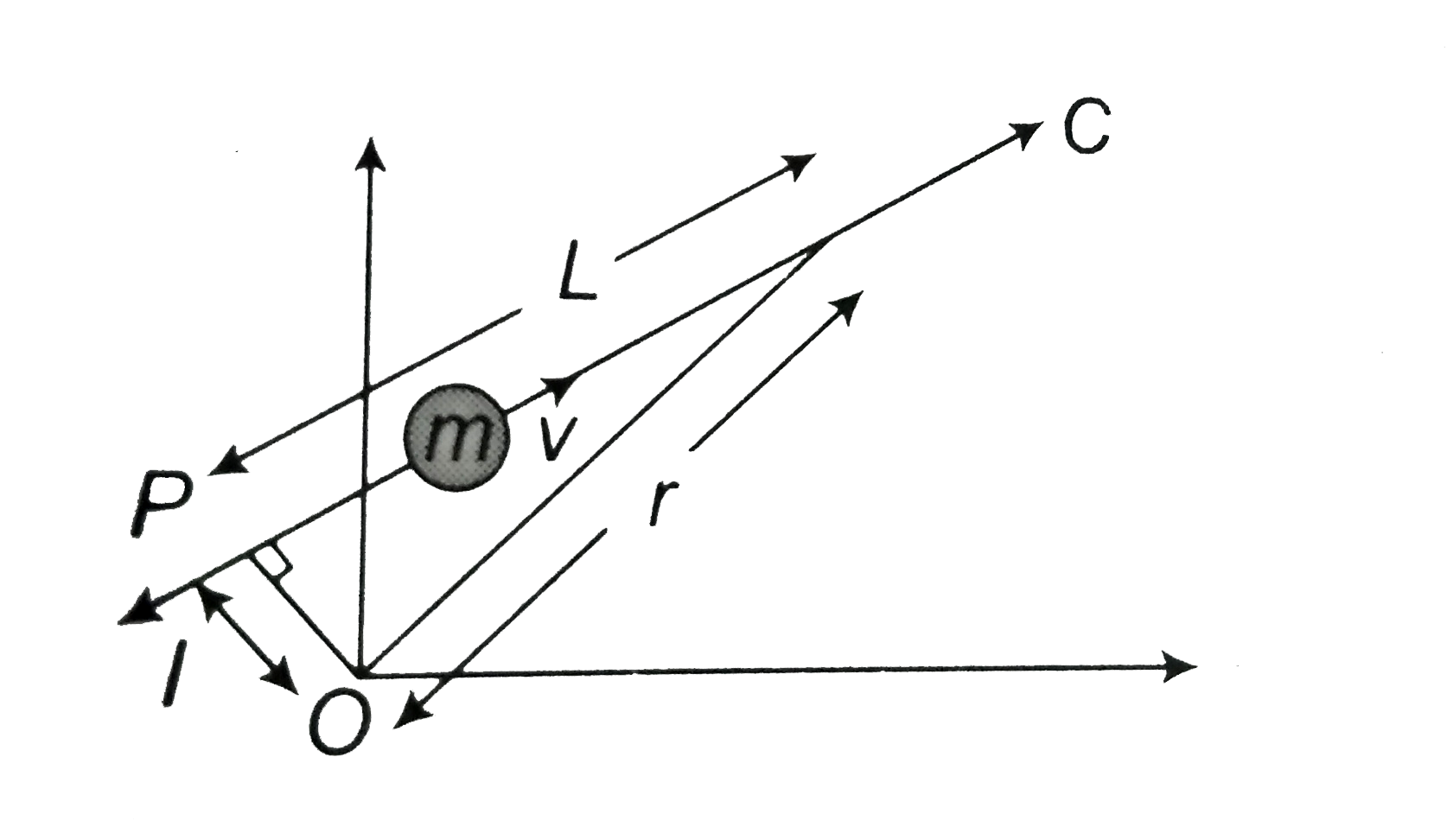A particle X moving with a certain velocity has a debroglie wave length of 1A∘. If particle Y has a mass of 25% that of X and velocity 75% that of X, debroglies wave length of Y will be :-
3Å
5.33Å
6.88Å
48Å
The correct Answer is:B
To solve the problem, we need to calculate the de Broglie wavelength of particle Y based on the given information about particle X.
1. Identify the de Broglie wavelength formula:
The de Broglie wavelength (λ) is given by the formula:
λ=hmv
where h is Planck's constant, m is the mass of the particle, and v is its velocity.
2. Given information for particle X:
- The de Broglie wavelength of particle X (λ_X) is given as 1Å (1 Angstrom).
- Let the mass of particle X be mX and its velocity be vX.
Using the formula for λ_X:
λX=hmXvX=1Å
3. Determine the mass and velocity of particle Y:
- The mass of particle Y (m_Y) is 25% of the mass of particle X:
mY=0.25mX=mX4
- The velocity of particle Y (v_Y) is 75% of the velocity of particle X:
vY=0.75vX=3vX4
4. Calculate the de Broglie wavelength of particle Y:
Using the de Broglie wavelength formula for particle Y:
λY=hmYvY
Substituting the values of mY and vY:
λY=h(mX4)(3vX4)=h3mXvX16=16h3mXvX
5. Relate λ_Y to λ_X:
Since we know that λX=hmXvX:
λY=163λX
Substituting λX=1Å:
λY=163×1Å=163Å≈5.33Å
Final Answer:
The de Broglie wavelength of particle Y is approximately 5.33Å.
---
The de Broglie wavelength (λ) is given by the formula:
λ=hmv
where h is Planck's constant, m is the mass of the particle, and v is its velocity.
- The de Broglie wavelength of particle X (λ_X) is given as 1Å (1 Angstrom).
- Let the mass of particle X be mX and its velocity be vX.
λX=hmXvX=1Å
- The mass of particle Y (m_Y) is 25% of the mass of particle X:
mY=0.25mX=mX4
- The velocity of particle Y (v_Y) is 75% of the velocity of particle X:
vY=0.75vX=3vX4
Using the de Broglie wavelength formula for particle Y:
λY=hmYvY
Substituting the values of mY and vY:
λY=h(mX4)(3vX4)=h3mXvX16=16h3mXvX
Since we know that λX=hmXvX:
λY=163λX
Substituting λX=1Å:
λY=163×1Å=163Å≈5.33Å
The de Broglie wavelength of particle Y is approximately 5.33Å.
Topper's Solved these Questions
- NUCLEAR CHEMISTRYBOOK - RESONANCE ENGLISHCHAPTER - NUCLEAR CHEMISTRYEXERCISE - Exercise-20
1 Video
- NUCLEAR CHEMISTRYBOOK - RESONANCE ENGLISHCHAPTER - NUCLEAR CHEMISTRYEXERCISE - Exercise-21
1 Video
- NUCLEAR CHEMISTRYBOOK - RESONANCE ENGLISHCHAPTER - NUCLEAR CHEMISTRYEXERCISE - PART -II
32 Videos
- NITROGEN CONTAINING COMPOUNDSBOOK - RESONANCE ENGLISHCHAPTER - NITROGEN CONTAINING COMPOUNDSEXERCISE - ORGANIC CHEMISTRY(Nitrogen containing Compounds)
30 Videos
- P BLOCK ELEMENTSBOOK - RESONANCE ENGLISHCHAPTER - P BLOCK ELEMENTSEXERCISE - PART -II
23 Videos
Similar Questions
A particle X moving with a certain velocity has a debragile wave length of 1.72Å, If particle Y has a mass of 50% that of X and velocity 50% that of X, debroglies wave length of Y will be −
View SolutionA particle X moving with a certain velocity has a de Broglie wavelength of 1Å . If particle Y has a mass of 25% that of X and velocity 75% that of X ,de Broglie wavelength of Y will be :
View SolutionThe de Broglie wave length associated with a particle of mass 1 mg moving with a velocity of 1m/sec is
View SolutionIf an alpha particle and a deuteron move with velocity v and 2v respectively, the ratio of their de-Broglie wave length will be ……….
View SolutionThe momentum of a particle of wave length 1 Å is
View SolutionMoving with the same velocity . One of the following has the longest deBroglie wavelength
View SolutionA particle of mass m moves along line PC with velocity v as shown. What is the angular momentum of the particle about O?

View SolutionA material particle with a rest mass mo is moving with a velocity of light c. Then, the wavelength of the de Broglie wave associated with it is
View SolutionA particle is moving in x-y plane as shown in the figure. Angular velocity of the particle with respect to the origin is

View SolutionThe ratio of velocities of a proton and an α particle is 4 : 1. The ratio of their De Broglie wave lengths will be
View Solution